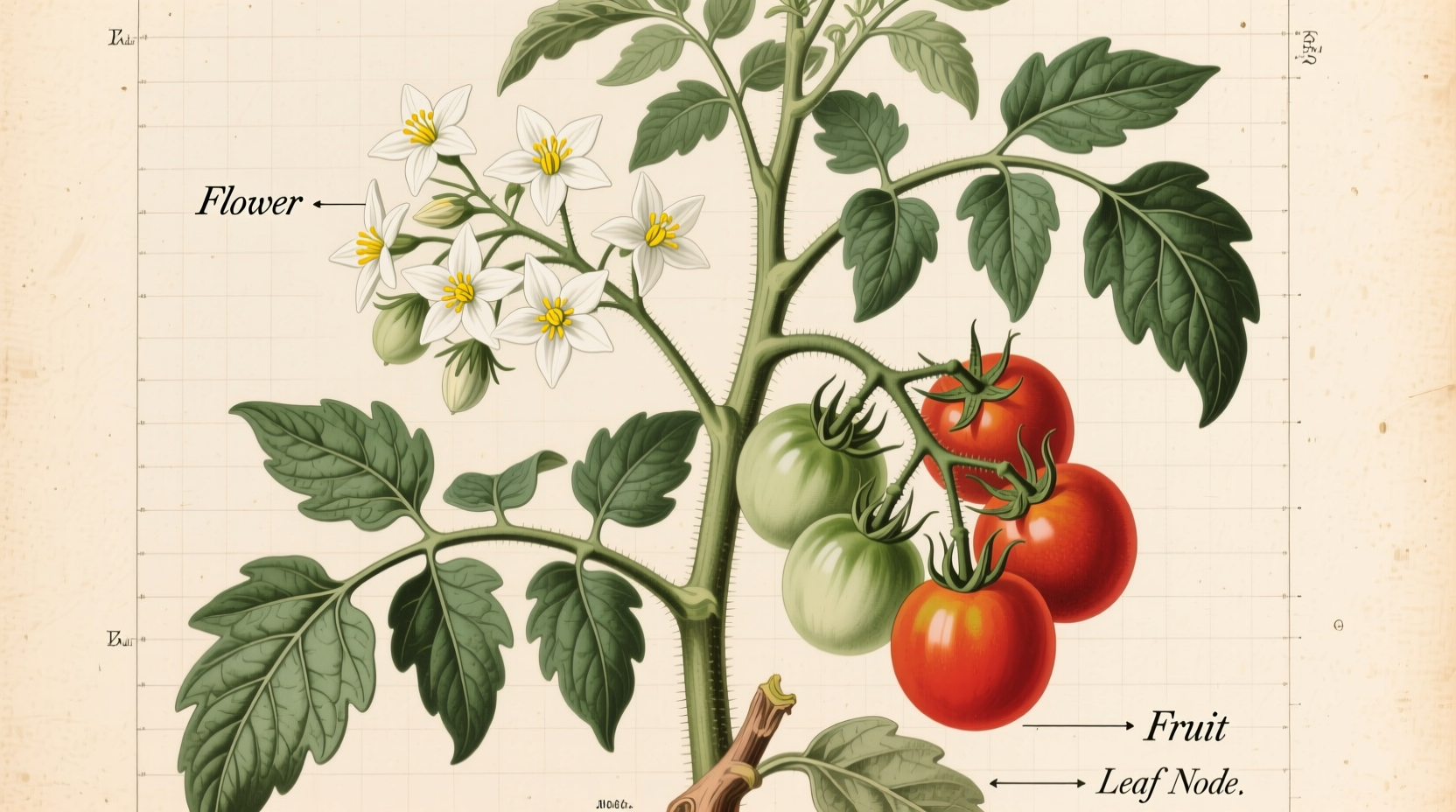Understanding the precise scientific identification of common foods helps gardeners, researchers, and food enthusiasts communicate accurately across languages and regions. This article explains why tomatoes carry this specific botanical name, how classification works, and why it matters for anyone working with this versatile fruit.
Why Scientific Names Matter for Tomatoes
When you search for "tomato scientific name," you're seeking unambiguous identification that transcends regional naming differences. Common names vary wildly across cultures—what Americans call "tomatoes" might be "pomodoro" in Italy or "jitomate" in Mexico. Scientific nomenclature provides a universal language for precise communication.
The binomial system (genus + species) created by Carl Linnaeus in the 18th century remains essential for:
- Accurate plant breeding and cross-pollination studies
- Researching disease resistance across tomato varieties
- International seed exchange and cultivation guidelines
- Distinguishing between closely related nightshade species
Tomato Taxonomy Breakdown
Tomatoes belong to a precise biological classification system. Here's the complete taxonomic hierarchy:
| Taxonomic Rank | Classification | Significance |
|---|---|---|
| Kingdom | Plantae | Confirms as a multicellular plant organism |
| Phylum | Tracheophyta | Vascular plants with specialized tissues |
| Class | Magnoliopsida | Flowering plants (angiosperms) |
| Order | Solanaceae | Nightshade family including potatoes and peppers |
| Genus | Solanum | Shared with potatoes (Solanum tuberosum) |
| Species | lycopersicum | Specific epithet meaning "wolf peach" |
Historical Classification Timeline
The journey to Solanum lycopersicum reflects evolving botanical understanding:
- 1753: Carl Linnaeus classifies tomatoes as Solanum lycopersicum in Species Plantarum
- 1768: Philip Miller creates separate genus Lycopersicon
- 1930s-1990s: Lycopersicon esculentum becomes widely accepted
- 1999: Genetic studies by Spooner et al. prove tomatoes belong within Solanum
- 2008: International Code of Nomenclature formalizes Solanum lycopersicum
Modern DNA sequencing revealed tomatoes share approximately 91% genetic similarity with potatoes, confirming their placement within the Solanum genus. This reclassification wasn't arbitrary—it reflected concrete phylogenetic evidence documented by the USDA Agricultural Research Service.

Common Misconceptions Clarified
Several persistent myths surround tomato classification:
"Tomatoes are vegetables" misconception
While legally classified as vegetables in the 1893 Nix v. Hedden Supreme Court case (for tariff purposes), botanically tomatoes are fruits—specifically berries. The scientific name Solanum lycopersicum reflects botanical reality, not culinary usage.
"All red tomatoes are the same species" misconception
Many assume all cultivated tomatoes share identical classification. In reality, heirloom varieties, cherry tomatoes, and beefsteak types all belong to Solanum lycopersicum var. lycopersicum, while wild relatives like Solanum pimpinellifolium represent distinct varieties.
Practical Applications for Gardeners and Researchers
Knowing the precise scientific name provides tangible benefits:
- Disease management: When researching tomato blight solutions, using Solanum lycopersicum in academic databases yields more precise results than common names
- Seed selection: Catalogs listing Solanum lycopersicum 'San Marzano' ensure you're getting the authentic Italian plum tomato variety
- Cross-breeding: Understanding that potatoes (Solanum tuberosum) share the same genus explains why some grafting experiments succeed
- Wild relative identification: Recognizing Solanum habrochaites as a wild tomato relative helps researchers locate disease-resistant genetic traits
The International Society for Horticultural Science maintains the official tomato genebank at Wageningen University, where precise nomenclature prevents costly misidentification in breeding programs. Their research demonstrates how accurate scientific naming directly impacts food security through improved crop varieties.
Frequently Asked Questions
Here are answers to common questions about tomato classification:











 浙公网安备
33010002000092号
浙公网安备
33010002000092号 浙B2-20120091-4
浙B2-20120091-4